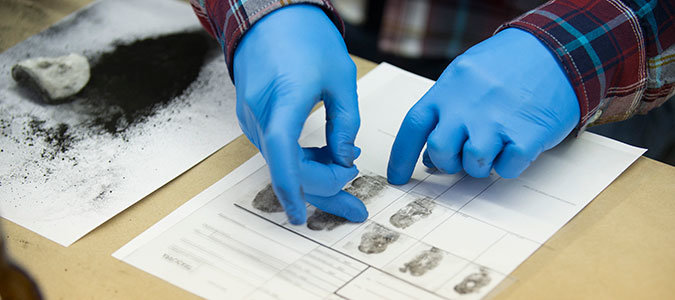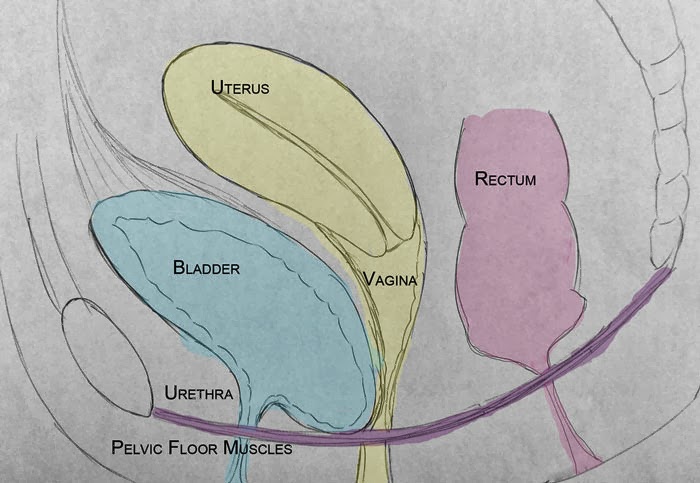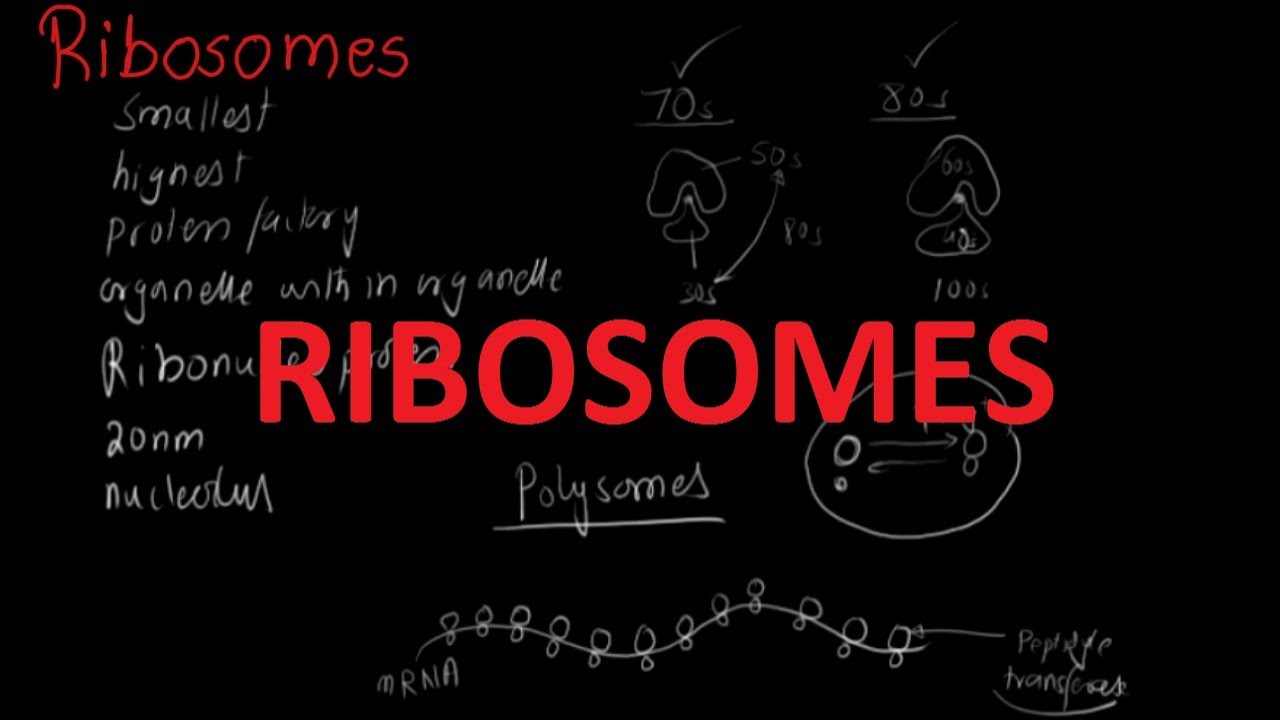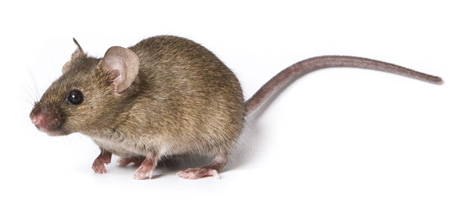Toxicology is defined as the study of the nature, effects and treatments of poisons and toxins. While many poisonings lead to death, toxicology can also be used to establish if drugs were administered such as in the case of date rape. In his book, Invisible Evidence, Bill O’Brien explains how toxicologists look for and identify poisons and toxins.
What Kind of Poisons and Drugs can be Identified
A poison is any substance that can harm or kill a living being and includes alcohol and drugs as well as substances such as cyanide and arsenic. If a particular poison is suspected as being in a person’s body, there are often specific tests that can be carried out to identify it.
Poisons come in many forms and may be gas, liquid or solid, and animal, mineral or vegetable based. Poisons normally enter the body in one large quantity or repeated doses which build up to cause death. A toxin is fatal with the introduction of minute quantities and is not as easy to detect.
Some poisons dissipate from the blood quite quickly but may be detected if a hair sample is tested. Benzodiazepines fall into this category and are commonly used in date rapes.
Gas Chromatography and Identifying Poisons
Gas chromatography is basically the process of passing a vaporized sample in an inert gas, through a narrow tube filled with granules. The chemical components pass through the tube at different speeds and a sensor produces a graph that identifies the components. These are checked against charts that show the components and levels of any given substance.









